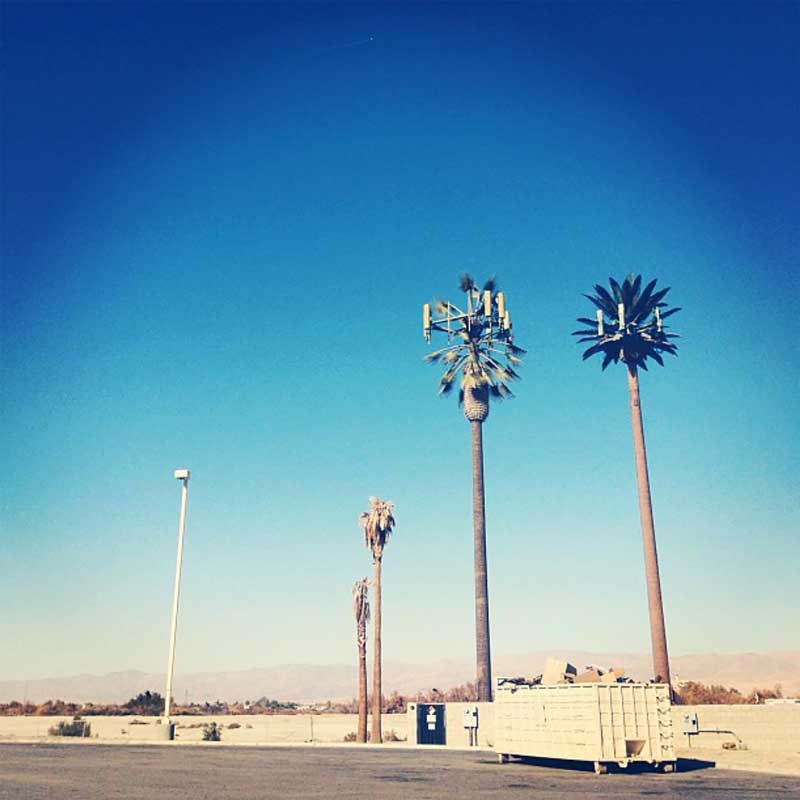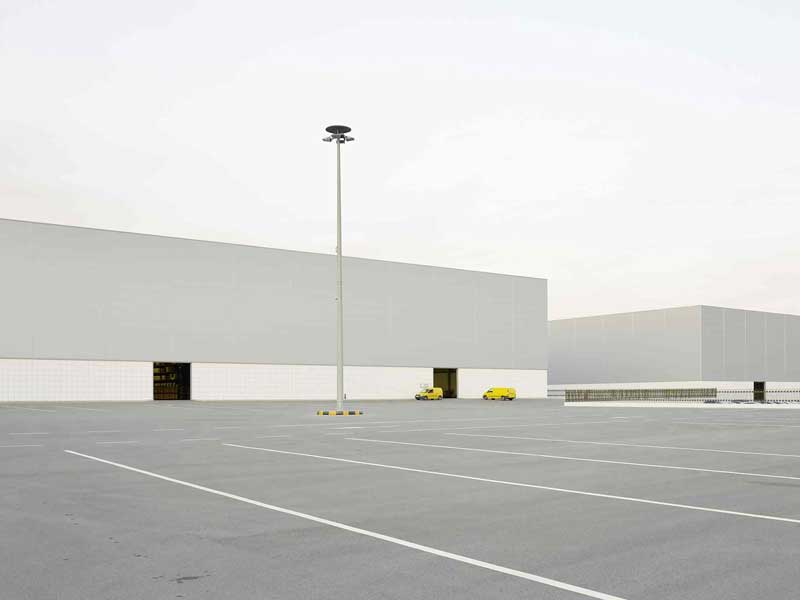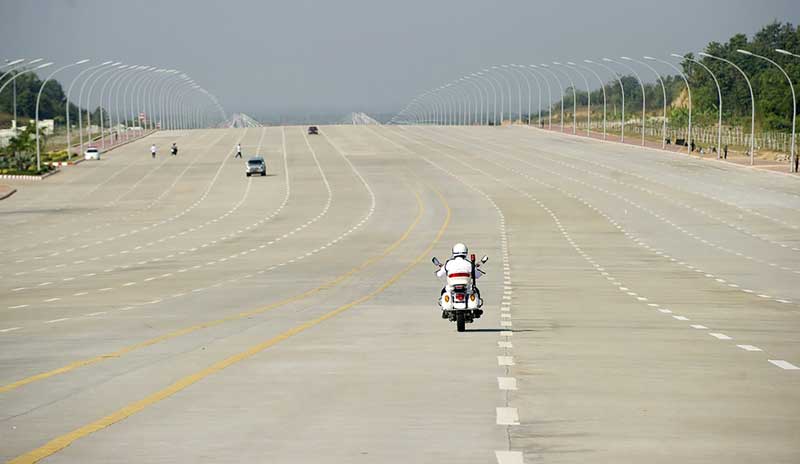
Invisible infrastructures and their forms
George Foufas & George Papam
We shall not begin with the description of a Parallel City, either desired or dystopian, for to even attempt this, one first needs to question the given facts and recognise the running simulcasts that form each reality. Exactly as in Calvino’s Berenice [1], deducing an image of an urban complex requires knowledge about the hidden, […]
We shall not begin with the description of a Parallel City, either desired or dystopian, for to even attempt this, one first needs to question the given facts and recognise the running simulcasts that form each reality. Exactly as in Calvino’s Berenice [1], deducing an image of an urban complex requires knowledge about the hidden, underlying mechanisms and networks that power the ‘here and now’.
Understood in a broad sense, such mechanisms are properly infrastructural; conduits accommodating flows of commodities and information in physical space. There is no need to dig the earth to reach for them though; conventional infrastructures like highways, terminals and ports, as well as unconventional ones like malls, mass-generated suburbs and free trade zones are well expanding on the surface, although they consistently try to hide themselves from plain sight.. The question of Form in infrastructural projects evolves into a major issue, as it is this which is nowadays able to control both the image and the organisation of territories. Returning to the layers of reality, with infrastructure in mind, we intend to go one step deeper, in order to comprehend the background activities and narratives that shape them. Deciphering the backend algorithms that run their systems essentially means to understand the form of their form.

Fig. 1 Invisible infrastructures. Camouflaged antenna in the form of a palm tree.
Infrastructures and their gestalt are considered both by the general public and the technical experts a not-to-be-challenged issue. Distancing themselves from the idea of the ‘public work’, their ‘whys’ and ‘hows’, their scope and their design, are obvious results of the dominant techno-managerial school of thought, favouring the tried-and-true paradigm of efficiency and growth. For infrastructures were built upon the beliefs shaped throughout modernity, namely functionality, economic efficiency and social homogeneity, and consolidated throughout supermodernity with globalisation and the rise of what Easterling calls Extrastatecraft [2]. What’s important here is that the mindset described applies not only to infrastructures’ actual organisation and structure, but also to their most latent narratives.
Having said the above, the dogma of a frictionless running system, outlines two distinct possibilities for the infrastructural spatial products: On the one hand, efficiency may be understood in a literal way, resulting in properly rationalised constructions where function is an end in itself. On the other hand, efficiency may be used merely as a justifying motive, producing much more of a theatrical setting than a serving mechanism. We will call these two distinguishable categories as infrastructures of Superfunction and Superform respectively.
The rationale of the first category is perceived in the light of scientific and technological cultures introduced in architectural thought throughout modernity. The founding declaration of the CIAM, signed in La Sarraz in 1928, communicated the agony for rationalisation and universalisation in the field with its first points referring not to architecture itself but to the “General Economic System” [3]. Standardisation and technical specifications mark the rise of the engineers, whom Le Corbusier himself was praising. Infrastructure space constitutes the most appropriate field for this system of thought to be practiced, therefore transforming it to mere technical elements of the urban whole. In infrastructures of Superfunction, the form of their form is actually more like a rigid diagram; the same diagram that defines functions and specifications, indicated by a specialised engineer or a developer-manager. Let’s bring in mind images of rectangular warehouses like that of e-shops, mall-like big box stores like the IKEAs, commercial ports as well as enclaves of special economic zones like industrial and logistic parks. In spaces like these shape and image are irrelevant; a working diagram and a generic lot are just enough. The actual surroundings play no role, that way annihilating another component which defines form. Relations to the place, the neighbouring structures or the environment are ignored as potential distractions. These infrastructures are placed not just as if on a tabula rasa, but even more, separating themselves from the context with fences, guarded gates and buffer zones. Stripped of any identity or meaning, these heavy functional and closed systems, although coherent in themselves, are essentially machines-in-a-box scattered around. All in all, “form follows function” in its extreme, means we can do without form anyway.

Fig. 2 Superfunction. Possible to be found anywhere in the world, identical warehouses as a result of a spatial formula.
On the other hand, infrastructures of Superform seem to emanate from the postmodern over-investment in meaning. Disregarding anything modern, the obsession against strict functionality is combined with the love for the spectacle that characterises our times. Given that infrastructures have the inherent potential to operate at the level of fantasy and desire and to that of collective subconscious [4], these dynamics are being exploited to achieve a different kind of function, namely that of symbolism. Productive efficiency and growth are put aside making room to a communication mechanism of structured narratives. Still, being accountable to the wider dogma of efficiency, and in order to justify themselves, these irrational or distorted infrastructures invoke stories of progress and modernisation as perceptual tricks. In Superform infrastructures, the form of their form is more like an image; a glossy advertisement of what is not there. Typical examples of this condition are highways and artificial landscapes in Dubais around the world as well as squares and factories constructed by authoritarian regimes promoting their industrial ‘prevalence’. Unduly massive, they were not designed to address a social need or achieve a production goal, rather to broadcast a message of economic or political progress. Actual function is disassociated from form and the remaining structures are embellished and finally sold back either as monument or spectacle. Context as part of the form is defied again, unless it can be instrumentally used as appealing feature of the product on sale. These infrastructures are further stripped off from their fundamental signification as shared means to common ends, in order to propagate power and forward images of economic dominance. The aestheticised infrastructures finally have no form, but rather shape.

Superform. Twenty-lane highway in Myanmar’s administrative capital, a city of less than a million people.
Both these practices have a common end: They tend to disregard the spatial impact of an object, usually immense in scale, and the collateral repercussions it produces on the organisation of the nearby land and its production systems, services and social structures. Yet, we argue that the political power of infrastructural space lies exactly at the decisions that form the object itself and the way it interacts with its surroundings. Especially in the case of infrastructure, these choices are not static, predefined or steadfast. In its operational life cycle, an infrastructural project can reevaluate its goals and practices and therefore radically transform an urban complex by giving priority to certain activities over others [5]. This responsibility should not be overlooked in the name of a ubiquitous and self evident system or a provocative, flashy image.
In the condition of a Parallel city, each infrastructural project could be seen as a place for experimentation, acknowledging the possibility of unpredicted outcomes and opposing the dogma of an over-designed, fully-determinate plan produced by a closed set of rules, standards and indexes. The obvious need for efficiency can’t be disregarded; yet it is political discourse which should describe the type and parameters of the efficiency each infrastructure aims to. Without a predefined answer, in a Rancierian context, we argue that public spaces, like infrastructures, have to be constantly questioned and therefore regenerated, with the given identities, labels and statuses each time in dispute.